
Nothoscordum is a genus of New World plants in the onion tribe within the Amaryllis family. It is probably paraphyletic. The genus is native to North, Central and South America, though a few species have become naturalized in various parts of the Old World.

The Argentine Northwest is a geographic and historical region of Argentina composed of the provinces of Catamarca, Jujuy, La Rioja, Salta, Santiago del Estero and Tucumán.
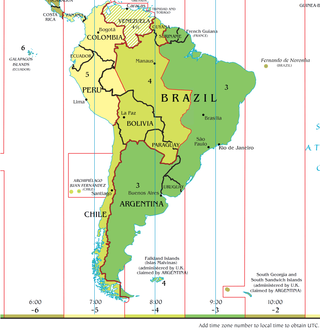
Argentina is located at a longitude that would naturally put it in the UTC−04:00 or UTC−05:00 time zone; however, it actually uses the UTC−03:00 time zone. Argentina determines whether to change clocks in observation of daylight saving time on a year-by-year basis, and individual provinces may opt out of the federal decision. At present, Argentina does not change clocks.
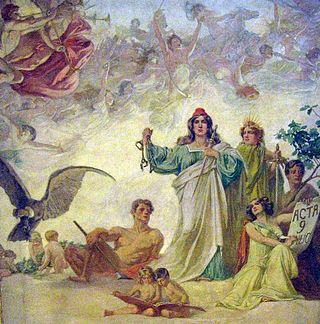
What today is commonly referred as the Independence of Argentina was declared on July 9, 1816, by the Congress of Tucumán. In reality, the congressmen who were assembled in Tucumán declared the independence of the United Provinces of South America, which is one of the official names of the Argentine Republic. The Federal League Provinces, at war with the United Provinces, were not allowed into the Congress. At the same time, several provinces from the Upper Peru that would later become part of present-day Bolivia, were represented at the Congress.

Tullgrenella is a genus of South American jumping spiders that was first described by Cândido Firmino de Mello-Leitão in 1941. It is named after Swedish arachnologist Albert Tullgren, and is a senior synonym of Akeloides.

The Central Northern Railway was the first 1,000 mm railway built by the Argentine State Railway. Its aim was to extend the existing British-owned Central Argentine 5 ft 6 in broad gauge) railway from Córdoba to Tucuman and metre gauge was chosen for economic reasons.
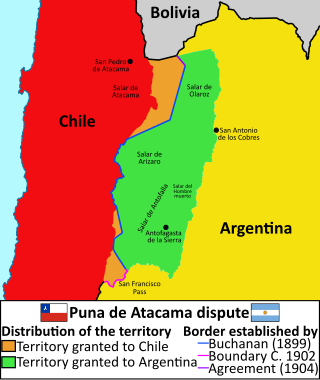
The Puna de Atacama or Atacama Plateau is an arid high plateau, in the Andes of northern Chile (15%) and northwest of Argentina (85%). Geomorphologist Walther Penck based his Grossfalt landform association on Puna de Atacama.
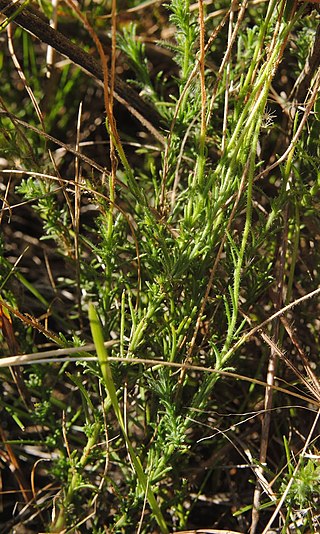
Hysterionica is a genus of flowering plants in the family Asteraceae.
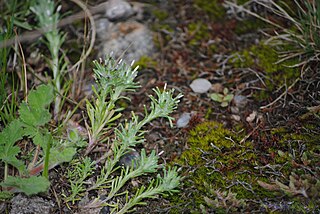
Facelis (trampweed) is a genus of South American flowering plants in the family Asteraceae.
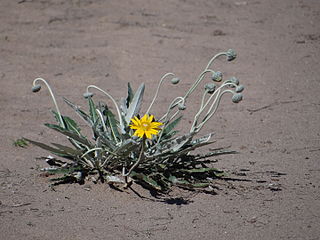
Trichocline is a genus of Australian and South American plants in the tribe Mutisieae within the family Asteraceae. It consists of one species from Australia (T. spathulata) and twenty-three from South America.

Flourensia is a genus of flowering plants in the family Asteraceae. It contains subshrubs and shrubs, which are commonly known as tarworts. They are found in the southwestern United States, Mexico, Central America, and South America. The genus name honours French physiologist Jean Pierre Flourens (1794–1867).
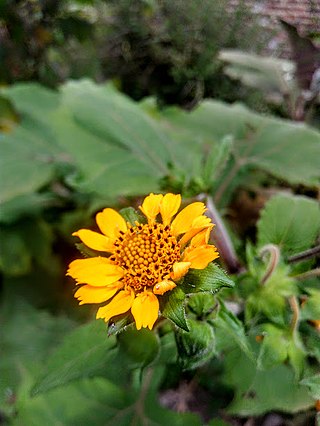
Microliabum is a genus of South American flowering plants in the family Asteraceae.
Stachycephalum is a genus of plants in the family Asteraceae.
Mastigostyla is a genus of flowering plants in the family Iridaceae, first described as a genus in 1928. The entire group is endemic to South America. The genus name is derived from the Greek words mastigos, meaning "whip", and stylos, meaning "style".

Eric Boman was a Swedish Argentine archaeologist.

Philibertia is a genus of flowering plants in the family Apocynaceae, first described as a genus in 1819. It is native to South America.
Tagetes campanulata is a South American species of plants in the family Asteraceae. It is found in Argentina and Bolivia.

The Tarija War, also known as the War between Argentina and the Peru–Bolivian Confederation, was an armed conflict that occurred between 1837 and 1839. Because it happened while the Peru–Bolivian Confederation was engaged in a parallel war against the Republic of Chile during the so-called War of the Confederation, both conflicts are often confused. The Tarija War began on May 19, 1837, when Juan Manuel de Rosas, who was in charge of managing foreign relations for the Argentine Confederation and was governor of the Province of Buenos Aires, [declared war directly on President Andres de Santa Cruz because of the Tarija Question and Confederation's support for the Unitarian Party.
Ocotea porphyria is a species of evergreen tree in the laurel family (Lauraceae). It is native to southern Bolivia and northwestern Argentina, where it lives in humid montane forests, or Yungas, on the eastern side of the Andes. Common names include laurel del cerro, laurel la falda, laurel tucumano, and ayuínandí.















